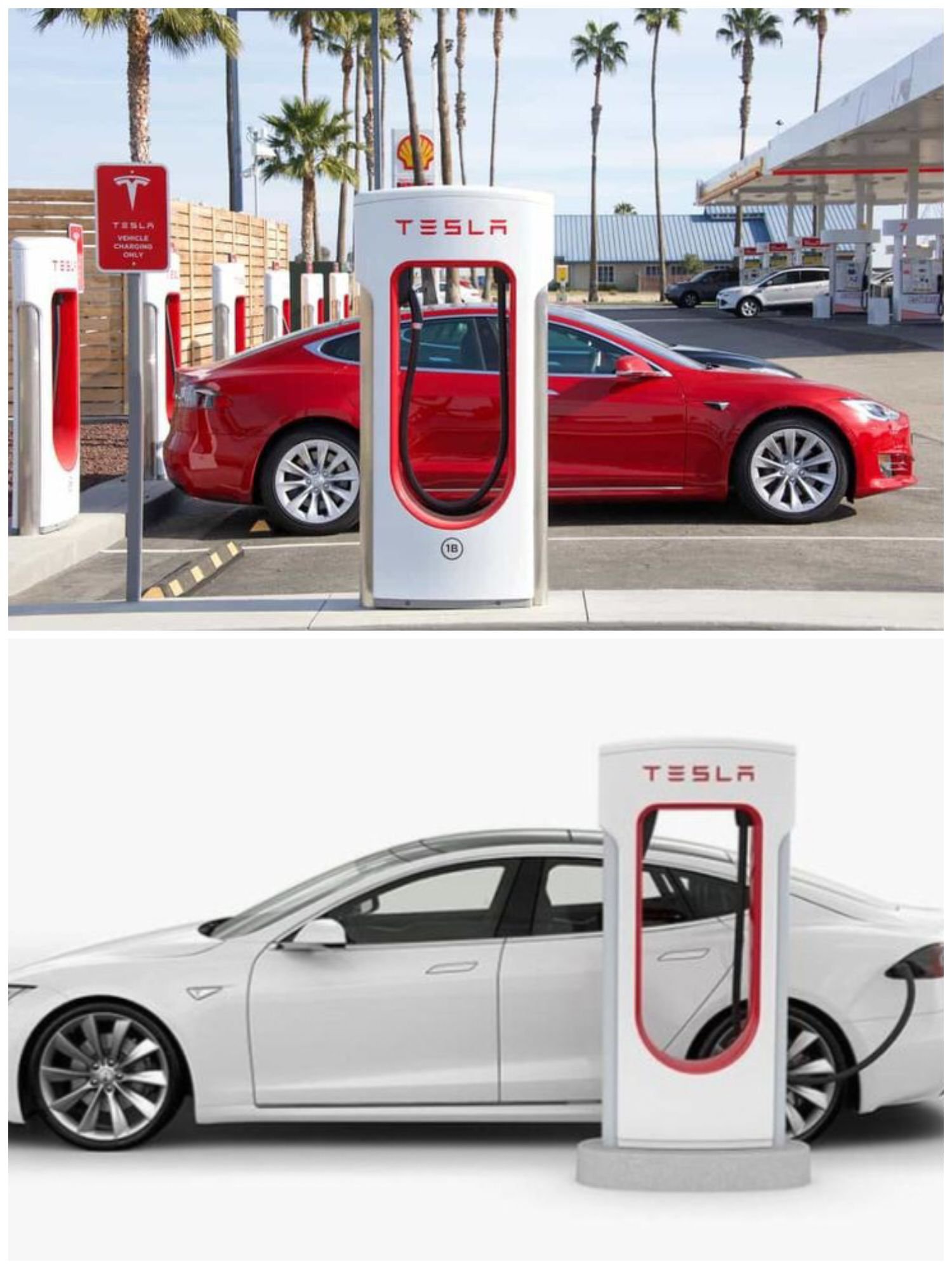Elon Musk’s decision to terminate 500 Tesla employees, despite objections from division chief Rebecca Tinucci, underscores a tumultuous period for the company. This move is emblematic of Musk’s aggressive and often controversial management style, which has both propelled Tesla to its status as a leading innovator and drawn significant scrutiny and criticism.

Context and Background
Rebecca Tinucci’s leadership of the EV charging team was instrumental in positioning Tesla’s Supercharger network as a vital asset. Her team’s work was pivotal in securing the adoption of Tesla’s North American Charging Standard (NACS) by major automakers, a significant win for Tesla in standardizing EV charging infrastructure [❞]. However, despite these achievements, the decision to cut her team comes as part of a broader strategy to streamline operations amid economic uncertainties.Musk has cited a “super bad feeling” about the economy as a reason for reducing Tesla’s workforce by 10%. This broader context of economic caution reflects not only Musk’s outlook but also a wider trend in the tech industry, where many companies are enacting similar cost-cutting measures [❞].

Legal and Ethical Implications
The layoffs have not gone uncontested. Former employees have filed lawsuits against Tesla, alleging violations of federal labor laws that mandate a 60-day notice period for mass layoffs under the Worker Adjustment and Retraining Notification (WARN) Act. Tesla’s handling of the layoffs, described by some as abrupt and without sufficient severance, has intensified these legal challenges. Cutting the team responsible for these advancementsAttorney Shannon Liss-Riordan, representing the laid-off employees, criticized Tesla’s approach as a blatant disregard for legal requirements [❞].Musk, on the other hand, has dismissed the lawsuits as trivial, downplaying their significance at public forums such as the Qatar Economic Forum. His dismissal of the legal actions reflects a broader strategy of minimizing public relations fallout from such corporate decisions [❞].
Strategic Shifts and Market Implications
The decision to disband the EV charging team raises significant strategic questions. The Supercharger network is frequently cited as one of Tesla’s most competitive advantages, providing Tesla owners with reliable and widespread fast-charging options. Reducing investment in this area could undermine Tesla’s market position at a critical juncture when competitors are rapidly expanding their own EV charging infrastructure [❞].Industry analysts have pointed out that the timing of these layoffs is particularly concerning. The adoption of Tesla’s NACS by other automakers opens up substantial opportunities for Tesla to dominate the EV charging market. Cutting the team responsible for these advancements appears counterintuitive and could signal potential internal conflicts or shifts in strategic priorities within Tesla [❞].
Financial Performance and Market Reaction
Tesla’s recent financial performance has been a mixed bag. The company missed its delivery and earnings estimates, which has added pressure on Musk to justify the recent cost-cutting measures. This financial strain is likely a contributing factor to the aggressive layoffs, as Tesla seeks to stabilize its financials amidst fluctuating market conditions [❞].
Despite these challenges, Tesla remains a major player in the EV market, with its innovations continuing to drive industry trends. However, the long-term impact of these layoffs on employee morale, company culture, and operational effectiveness cannot be overlooked. Frequent layoffs can lead to decreased employee morale and loyalty, potentially hampering productivity and innovation.
Conclusion
Elon Musk’s decision to lay off 500 employees, including key figures like Rebecca Tinucci, underscores a period of significant upheaval at Tesla. While driven by economic caution and a desire to streamline operations, the move has sparked legal challenges and raised strategic concerns about Tesla’s future direction. As the company navigates these turbulent waters, the industry will be watching closely to see how these decisions affect Tesla’s market position and its long-term growth trajectory [❞] [❞] [❞].
